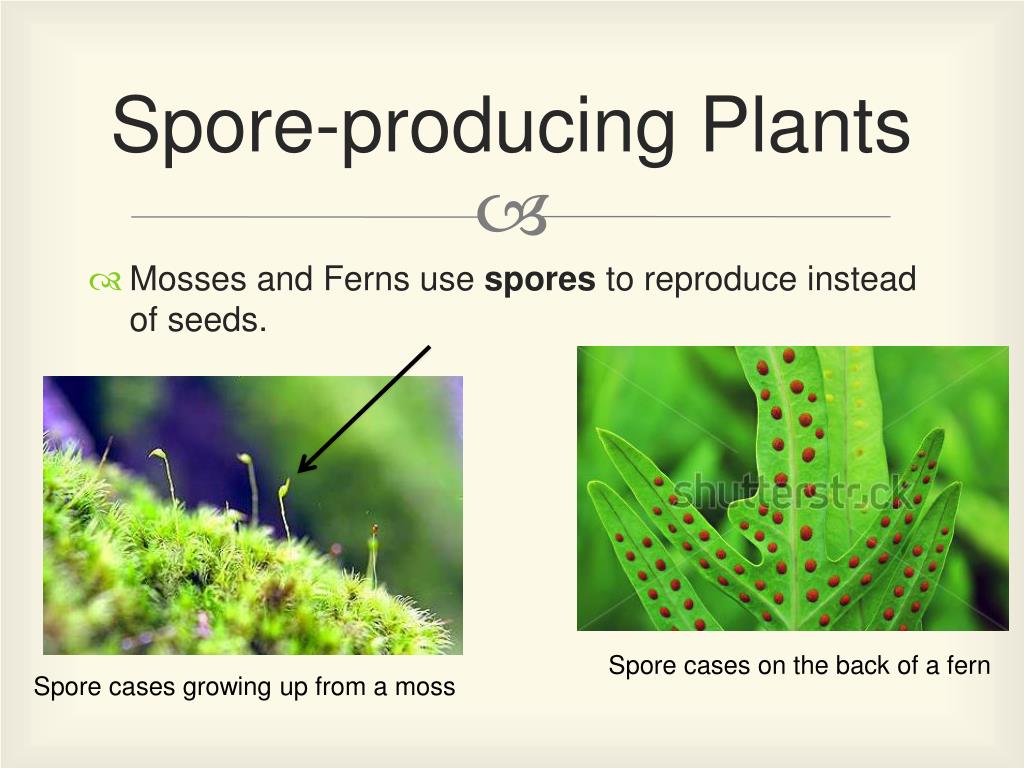

Such a thallus is many cells thick and the cells in different layers within the thallus have different functions. The liverwort of the early herbalists was Marchantia polymorpha and one characteristic of all species of Marchantia is that the thalli are thick and opaque. The thallus of a thallose liverwort can be anything from thin and translucent to thick and opaque, depending on the genus. The first is the name of the flattish green sheet and the second is an adjective that describes that sheet-like growth form. Those umbrellas will be explained at the end of this page.Ī leafy liverwort, Schistochila balfouriana (left)Ī thalose liverwort Marchantia sp. Those umbrella-like structures, which have grown out from the flat, green thallus, are still part of the gametophyte. However, in some thallose genera there's a bit more to the gametophyte, as shown in the accompanying photograph of a Marchantia. Such a sheet is called a thallus and, in many cases, that's all there is to the gametophtyte. In a thallose liverwort you'll see a flattish, green sheet - possibly wrinkled or lobed. In a leafy liverwort the gametophyte consists of leaves on stems. In broad terms, a liverwort gametophyte will show one of two forms, depending on the genus. What does a liverwort gametophyte look like?

After that, there are links to sections that go into more detail about the different types of liverworts. However, liverworts show such diversity that it is not possible to make too many general statements that apply to both the leafy and thallose species. After that there'll be a few general points that apply to both types of liverworts. We'll start with definitions of the two broad liverwort groups - leafy and thallose. The latter is in fact in the flowering plant family Ranunculaceae! That family also contains the genus Ranunculus, the plants of which are commonly called Buttercups. Do not confuse the ordinary English word hepatic (meaning liverwort) with the genus name Hepatica. Hence the word liverwort for a "liver-like small plant".Īs well as the term liverwort you may also see the alternative term hepatic used and this comes from the Greek word "hepatikos" - meaning liver. The term liverwort originated from the fact that the early herbalists thought that one of the liverworts had some resemblance to a liver - and some use as medicine for liver ailments. The English word " wort" means "small plant" and it turns up in names such as Pennywort and Bladderwort. Much of the following information on this page has come from these books.

The following references are very useful for more detail about this great diversity, from the macroscopic view to the microscopic level. Looking through them will give you a good introduction to liverwort diversity. In the reference button you’ll find some books with good colour photographs of Australian liverworts. While the identification of liverworts often requires the use of a microscope, you can learn a lot just by using your eyes and a handlens that magnifies 10 times. You will see much, but by no means all, of the variety to be found in the liverworts. The aim of this page is simply to describe the features you can see in a liverwort. The spore capsule (possibly with a supporting stalk, or seta) is the sporophyte and this grows from the gametophyte stage. The introductory WHAT IS A BRYOPHYTE? page noted that bryophytes have a gametophyte stage and a sporophyte stage. The bryophyte groups What is a liverwort?Ī liverwort is a flowerless, spore-producing plant - with the spores produced in small capsules. SEARCH Home > Gardens | CANBR > Plant Information > Plant Groups > Bryophytes > Groups


 0 kommentar(er)
0 kommentar(er)
